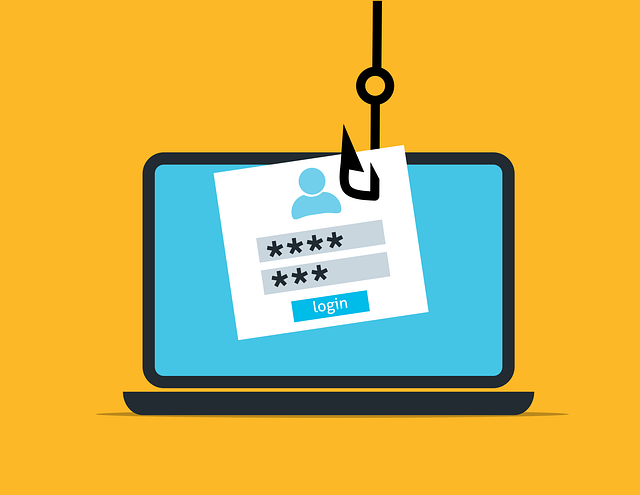How You Can Conquer E-Learning Cybersecurity Vulnerabilities with an Austin Agency

Cybercriminals have no bounds. They will go after the data of just about anyone—even children. With so much of our education system now being in the digital sphere, we have to be extremely conscious of student safety. By implementing measures to combat e-learning cybersecurity vulnerabilities, you can keep your online classroom protected. Let’s talk about what you, as an educator, should be wary of and what to do about it.
Concerns About Privacy
Student information, including verification documents, transcripts, and coursework, can be breached. When this information is gathered, it’s easy to find out even more about the student, which is what makes e-learning cybersecurity vulnerabilities such an issue. School districts should review learning management systems before applying them. They must ensure that the tools they use are compliant with the Children’s Online Privacy Protection Act (COPPA) and the Family Educational Rights and Privacy Act (FERPA). This means that they won’t risk student data.
Rise of Ransomware
In an online classroom setting, ransomware is a form of malware that blocks a teacher or student’s access to their system. It essentially renders any files unusable. Ransomware lives up to its name by holding data at ransom, expecting a set amount of money to release it. The number of attacks increased significantly over the course of 2020, with that number continuing to rise in the days since. In September 2021, it was reported by NBC News that, just within the year, ransomware gangs had published the data of over 1,200 schools in the United States.
Misuse of Data
Data misusage occurs when information is used beyond what it is intended for. Oftentimes, it happens because of the mistakes of an individual. Innocent mishandling of personal devices could result in the leakage of data and, then, the breach of it. The most favored approach for protecting against data misuse is Public Key Infrastructure (PKI). It consists of processes and policies that manage and distribute your information in a secure way. Common examples include authentication for Internet of Things devices, end-user enrollment software, and digital certificates for servers and users.

Photo by AmrThele on Pixabay
End-to-End Encryption
Ensure that all of your correspondence is encrypted. Encryption is a security method that scrambles data so that only the authorized party is capable of reading it. So, for instance, if a student were to send a document to the teacher, another student or third-party figure wouldn’t be able to access it and change what it says. It’s a great way to protect students against e-learning cybersecurity vulnerabilities because their information cannot be intercepted. However, understand that this isn’t much of a help if your device is stolen. Unless it has been protected, that correspondence could fall into the wrong hands.
User Privilege Management
One way to hurdle over e-learning cybersecurity vulnerabilities is by only allowing trusted users to have access to your systems. The goal here is to reduce the risk of both accidental and calculated cyber attacks. User privileges refer to the actions that a student or staff member is able to perform. This is where specified roles come in on your learning management system. A top-level user is an administrator, or admin, who has full powers. It is separate from the instructor, who is restricted to the messages and assignments of their students. Lastly, the students should only have access to their personal dashboards.
Student Security Empowerment
Cybersecurity awareness training isn’t just important for businesses, but also for educational institutions. Your students need to know how to conduct themselves online. Considering even in-person classes use online systems, training is critical for any type of school. But even beyond that, there should be a culture for cybersecurity, starting with a reevaluation of the current methods in place. For example, rather than just using their ID number or birthday, students should be encouraged to use strong passwords. Schools should also strongly consider incorporating multi-factor authentication into their e-learning strategy to add another layer to their account protection.
Our team at WEBii is comfortable with and capable of secure e-learning web development. We design the flow of your course from registration to completion, and implement measures to handle e-learning cybersecurity vulnerabilities. Reach out to us to learn how we can make your online classroom a safe space for both you and your students.
Posted in: E-learning, Security and IT, Web Development, WWW Learning Center
Comments are closed.
Latest & Greatest
- Customer Retention: A Comprehensive Guide to Retaining Your Customers
- Top Reasons Why Web Designs Don’t Launch
- Your Website is About Them, Not You: Digital Customer Experience
- Google Business Profile 101: How to Use it & SEO Benefits for Your Local Business
- The Power of Intentional Website Branding
- Competitive SEO Analysis: How to Keep an Eye On the Competition from an SEO Texas Agency
- Optimizing Your Online Registration Design for Better User Engagement
